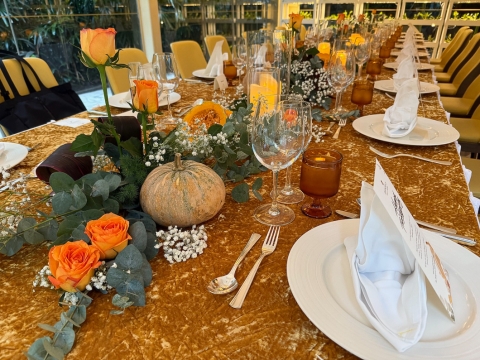Recent academic research into how classroom environments can affect learning is changing how schools approach classroom design. Leading schools, such as Garden International School here in Kuala Lumpur, are breaking away from traditional ‘desk and chair’ arrangements in favour of more creative, flexible spaces that inspire learning and promote wellbeing.
Dynamic learning spaces
At Garden International School, students and teachers learn together in “dynamic learning spaces”. Inspired by research and the work of experts such as Elizabeth Jarman, teachers have designed and created learning environments that aim to nurture children’s creativity and skill development, stimulate their curiosity and support their social and emotional wellbeing.
In the school’s Early Years Centre (EYC), for example, walls have been removed to create large, airy spaces populated by a variety of workstations that encourage children to experiment and play with a wide range of peers. A smooth indoor-outdoor flow ensures children have easy access to outdoor learning stations and can even nurture their own vegetable gardens!
In the Primary school, teachers have researched the impact of light, colour and noise on learning and made changes to their classrooms accordingly. Wherever possible, children have input into creating classroom environments that will help them to learn – one class chose to try out fitness balls to sit on! A ‘Green Space’ with artificial turf underfoot and plenty of natural materials to explore lies between classrooms, as do comfortable ‘living rooms’ with cosy couches for children to chat with friends, read a book or just rest.
In Secondary, the ‘Learning Hangout’ space is an innovative, tech-friendly space with comfortable, flexible seating, plenty of plants and an abundance of natural light. As well as being used for some lessons and CCA clubs, children can come to the Hangout during break and lunchtimes, with the flexible tables and seating arrangements encouraging them to socialise with peers from other year groups. Board games, including Chess, are always available and are very popular. This flexible learning space has been so well-received by students that the school is now looking at developing more similar spaces.
The Immersive Learning Environment

This innovative space uses a magical combination of LED lighting, videos and sound to create settings that transport students into the text or topic they’re exploring. Science teachers have used it to re-create the inside of a beating heart; History teachers have used the space to recreate scenes from World War One; English teachers have brought Shakespeare’s plays to life. Primary teachers also regularly use the space to create exciting environments designed to stimulate students’ imaginations and inspire them to produce great writing.
“You really can bring the outside world into the room, which inspires our students to ask questions and get excited about learning” enthuses Secondary Drama teacher Andrew Rankin, who led the development of the innovative learning space. He is one of three Apple Distinguished Educators at the school, and is proud of the way the immersive learning environment has given GIS teachers a new way to engage and motivate students.
In 2018, Garden International School was named an Apple Distinguished School. This prestigious global award was granted in recognition of GIS’ “innovation, leadership and educational excellence”. Discover GIS’ innovative learning culture and join us at our Open Day on 27th September – to register visit www.gardenschool.edu.my
This post is sponsored by Garden International School. To read more about the school life at GIS, click here.



















